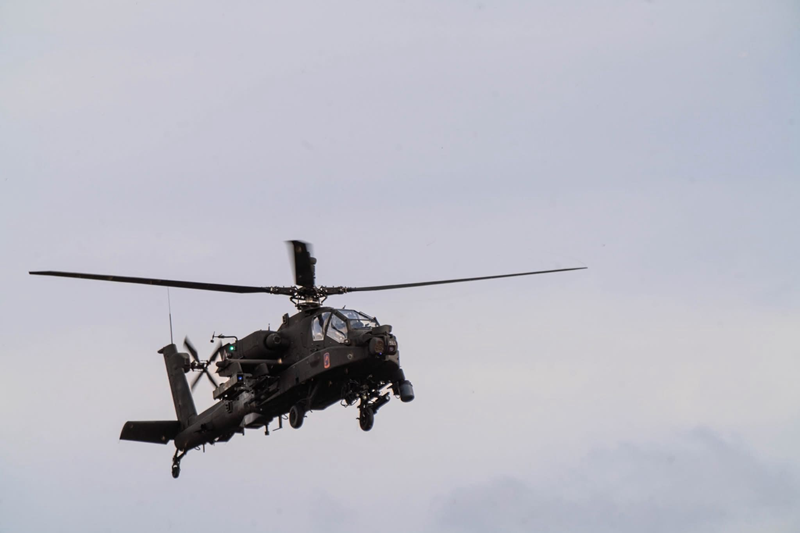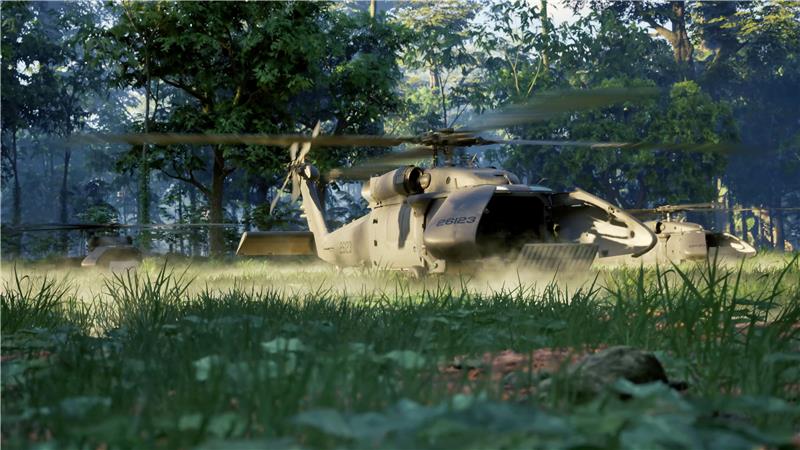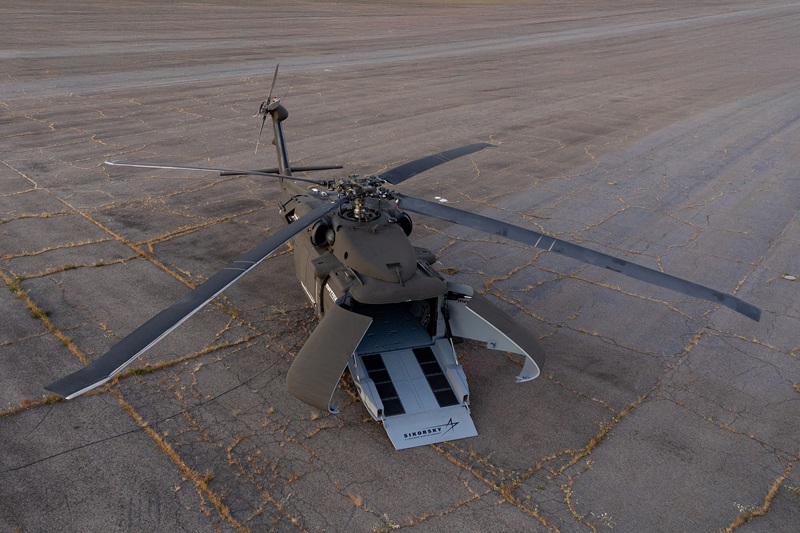
The U.S. Army Aviation branch is one of the components most affected by the Army’s ongoing Transformation Initiative, which aims to modernize structures and equipment across the force. As previously announced, the attack and reconnaissance helicopter fleet will take a significant hit to make room for new unmanned systems and operational concepts, with the planned deactivation of 11 Air Cavalry Squadrons, most of which currently operate the aging AH-64D Apache.
The AH-64E, its successor, will not see additional procurement beyond the 31 aircraft ordered under the FY2025 budget, but it will also not be reduced in number. The active fleet stands at 408 aircraft. However, the FY2026 Budget Request reveals the Army’s intention to transfer nearly half of the AH-64Es to Army National Guard units. While FY2025 figures list 408 Apaches in the Active Component, that number drops sharply to 240 in FY2026.
The transition to the newer platform by the Guard will not be instantaneous—nor could it be. The Army has clarified that the helicopters are being transferred, not retired, though the timeline for full handover remains uncertain.
As for the legacy AH-64D, their number in the Active Component will fall from 120 to a single residual battalion of 24 aircraft, with full retirement expected by 2027.
In contrast, the number of CH-47 CHINOOKS in the regular component will increase from 156 to 172 between FY2025 and FY2026. Twelve of these additional aircraft will go to the Combat Aviation Brigade (CAB) of the 25th Infantry Division, which is being restructured as a “CAB Light+”, gaining an additional battalion with 24 UH-60 BLACK HAWKS and 3 HH-60s.
The Black Hawk fleet, like the Apache’s, is in transition—accelerated by the latest modernization decisions. The older UH-60L models are practically disappearing, dropping from 162 to just 4, a reduction largely offset by an increase in UH-60M helicopters (from 338 to 393) and UH-60V (from 10 to 53). The HH-60M fleet, equipped for MEDEVAC missions, will slightly decrease from 171 to 158. In the Army National Guard, the UH-60L fleet is also shrinking (from 375 to 312), while the number of UH-60M rises (from 355 to 365) and HH-60M from 140 to 150. The CH-47 CHINOOK fleet remains stable at 156 units.
A notable development was unveiled by Sikorsky at the AUSA exposition: the S-70 UAS “U-HAWK”, an unmanned multirole helicopter derived from the UH-60L Black Hawk. The prototype, developed in just 10 months, replaces the traditional cockpit with 2 clamshell doors and an electrically operated ramp, and incorporates a third-generation fly-by-wire flight control system integrated with Sikorsky’s MATRIX autonomy AI core and LOS/BLOS communications. The platform offers 25% more cargo space than a standard Black Hawk, enabling it to carry a six-rocket HIMARS pod, two Naval Strike Missiles, or a 6x6 HDT HUNTER WOLF UGV. It can also deploy and control drone swarms for reconnaissance or strike missions, with a single operator able to manage multiple aircraft. The first flight is scheduled for 2026.


Meanwhile, MEDEVAC squadrons will be reorganized, with each unit’s helicopter strength reduced from 15 to 12 aircraft.
Finally, the MQ-1C Gray Eagle fleet—currently 15 aircraft—will remain unchanged, with no new acquisitions planned. The FY2026 budget includes funding for re-engining the existing Gray Eagles and for the development of “Launched Effects” drones, which are expected to play a crucial role in the future of Army Aviation. Under the Launched Effects program, the Army has also retroactively included the procurement of SPIKE NLOS missiles (as Long Range Precision Munition for the Apache) and the LASSO (Low Altitude Stalking and Strike Ordnance) loitering munitions for infantry brigades.
It is also worth noting that both Expeditionary Aviation Brigades of the Army Reserve will be fully disbanded, and the Army Aviation branch as a whole will see a personnel reduction of approximately 6,500 members.








.png)
